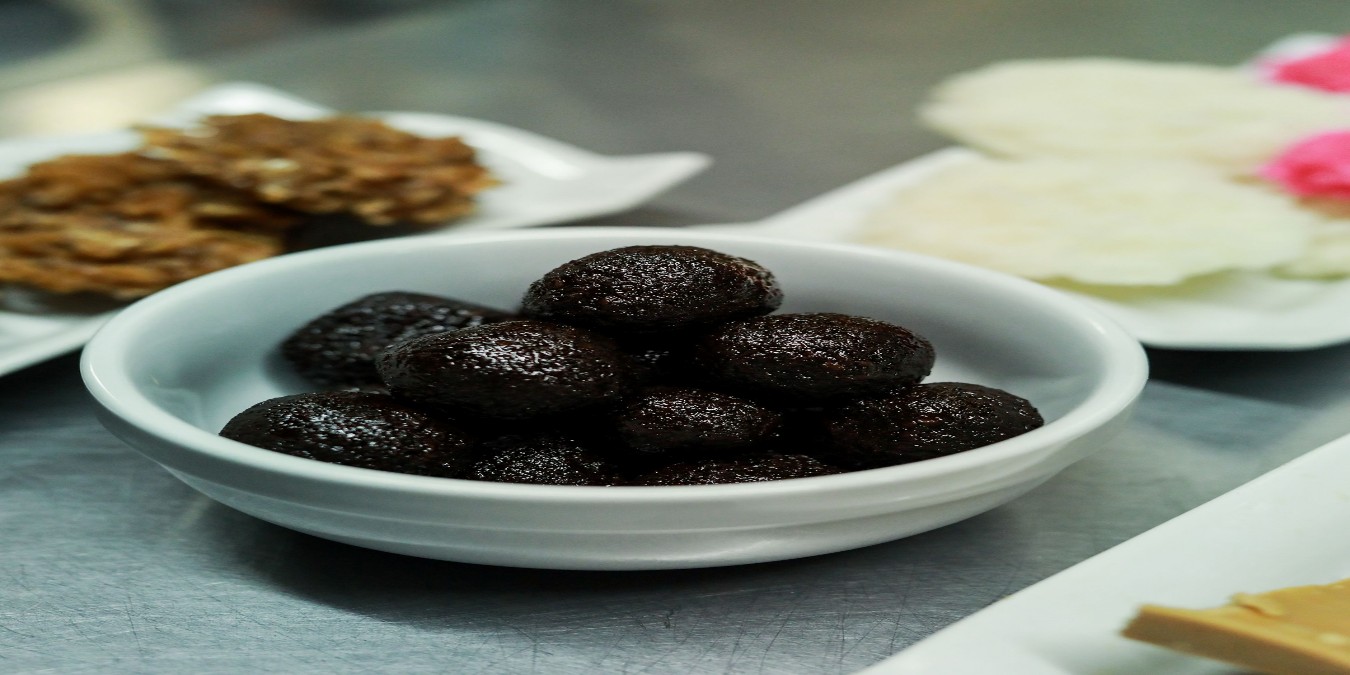Tulum is one of Tobago’s oldest traditional sweets, a chewy, dark confection made from molasses, grated coconut, and warming spices like ginger or cinnamon. The snack traces its roots to the sugar plantation era, when enslaved Africans were given leftover molasses from sugar production. Through creativity and resilience, they transformed these scraps into nourishing treats, laying the foundation for beloved Afro-Caribbean foods still enjoyed today.
Over generations, Tulum became a staple at village shops, school snack counters, beach vendors, and harvest celebrations. Its deep brown colour and rich caramel flavour come from boiled cane syrup, a reminder of Tobago’s long agricultural history centred around sugar estates.
While commercial candy has grown in popularity, Tulum remains a symbol of heritage, especially among older Tobagonians who remember buying it wrapped in small paper parcels or cooling on banana leaves. Today, it is cherished not only for its taste but for the story it keeps alive: a tale of resourcefulness, identity, and sweet cultural pride.
Tulum may be simple in ingredients, but with every bite, you taste centuries of Tobago’s tradition crafted, preserved, and passed down by the hands of its people.


Comments